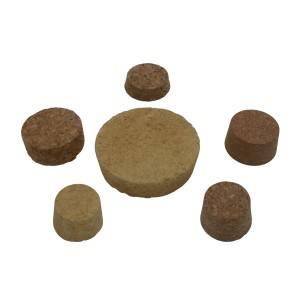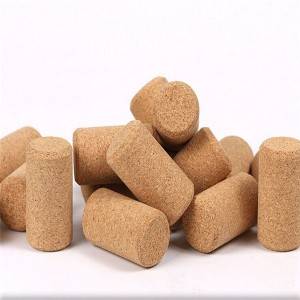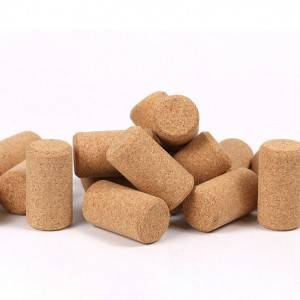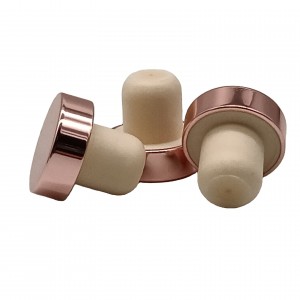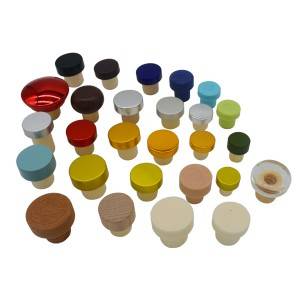High Quality Corks Customized Logo Factory Price For Wine Whisky Vodka Rum Glass Bottle
|
name |
Superfine cork |
|
Material |
Cork |
|
MOQ |
10000pcs |
|
Size |
Custom size |
|
Color |
Customized Color |
|
Material |
Cork |
|
Logo |
Custom |
|
Packing |
Outter:carton box Carton size can be customized |

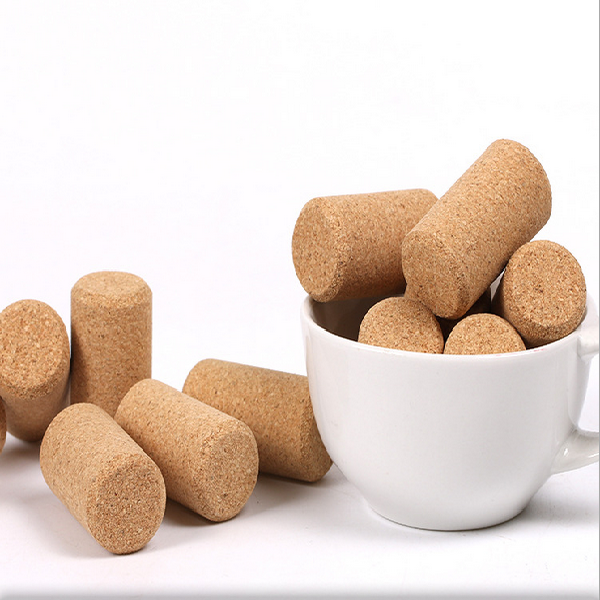
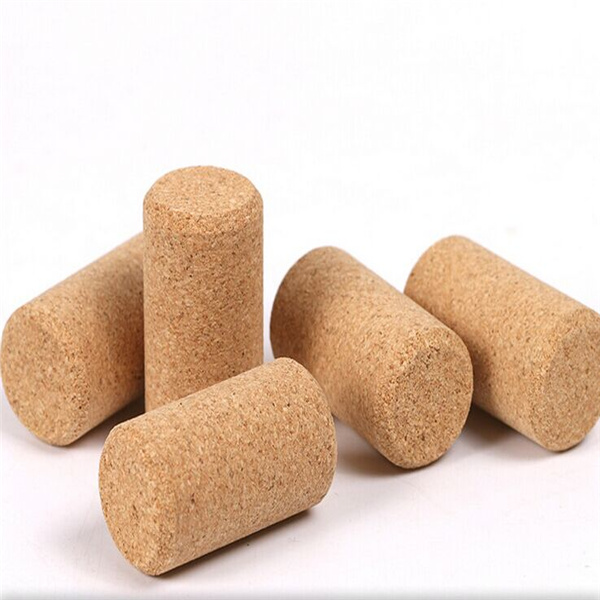
Introduce:
The cork can affect the wine,Generally is the solid cylinder cork made of selected cork, through cleaning, disinfection, and then check through the rear can be used, is the most common and popular cork on the market at present.
Because this type of cork is generally more tightly sealed, the wine is less likely to oxidize too quickly, thus allowing the wine to keep for a longer time.
In addition, because the natural cork is generally made of whole wood, and elastic, with holes but impermeable, its micro permeability can not only ensure the normal breathing of wine, but also to meet the needs of long-term storage of wine.
This kind of cork must be properly kept, otherwise it is easy to lose its elasticity and thus its tightness.
In addition, because the cork comes with holes, it is easy to make TCA into the wine, causing wine to infect the cork taste.
Because this kind of cork whole wood to make, the production cost is higher, therefore generally suitable for the higher price wine.The soft and elastic nature of natural cork can seal the mouth of the bottle well without completely isolating the air, which is conducive to the slow development and maturity of the wine in the bottle, making the wine taste more mellow and round.
The diameter of a cork is usually 24 mm, while the inner diameter of a wine bottle mouth is 18 mm. When filling and sealing the mouth of a bottle, the cork is evenly extruded to about 16 mm in diameter by the corking machine, and then the mouth is pushed forward. The cork bounces back and seals the mouth.
If the cork is pressed unevenly by the cork press, or the inside diameter of the bottle is irregular, it will cause leakage


